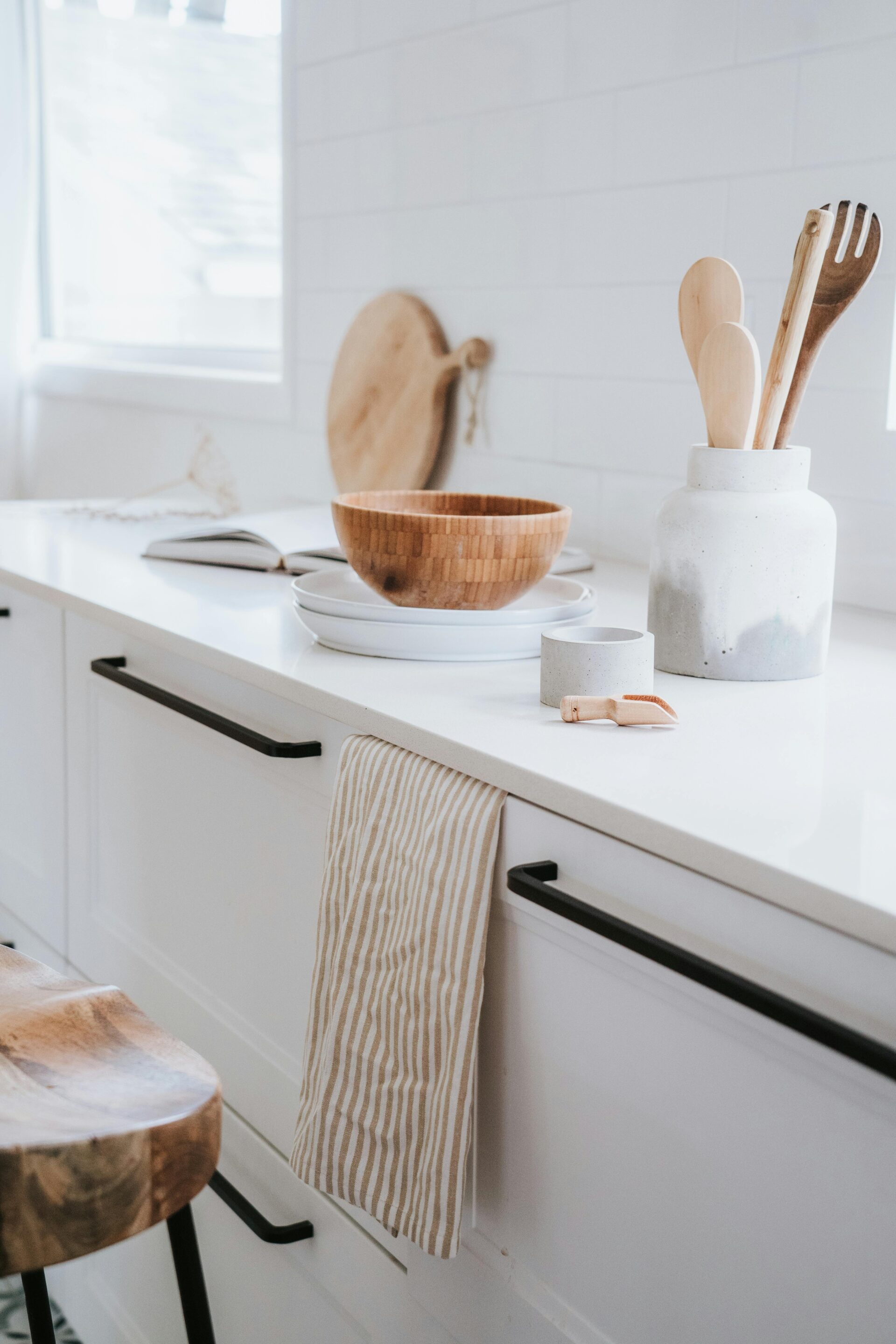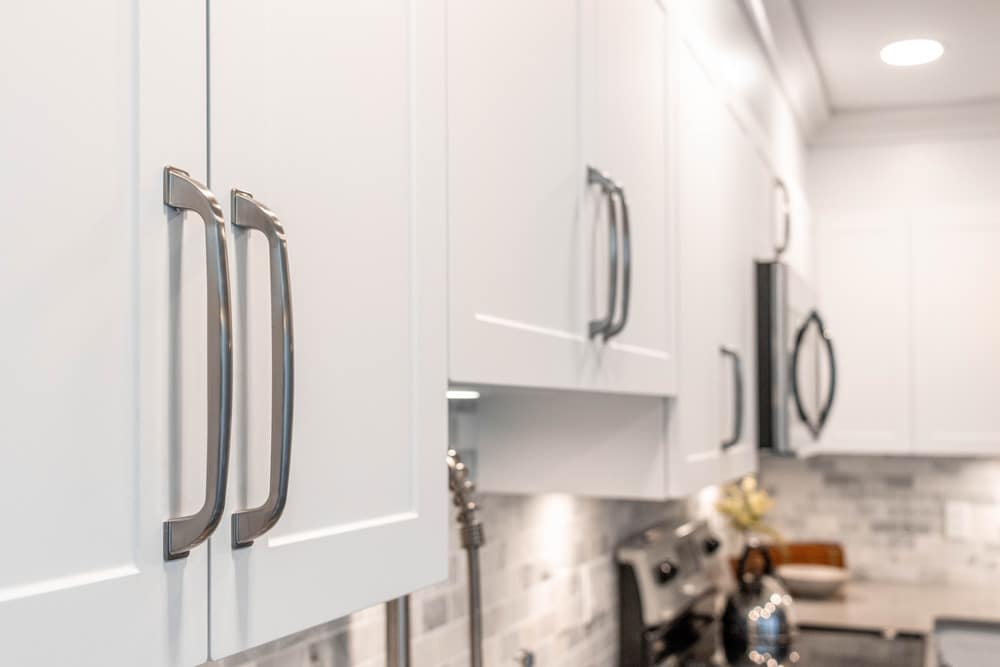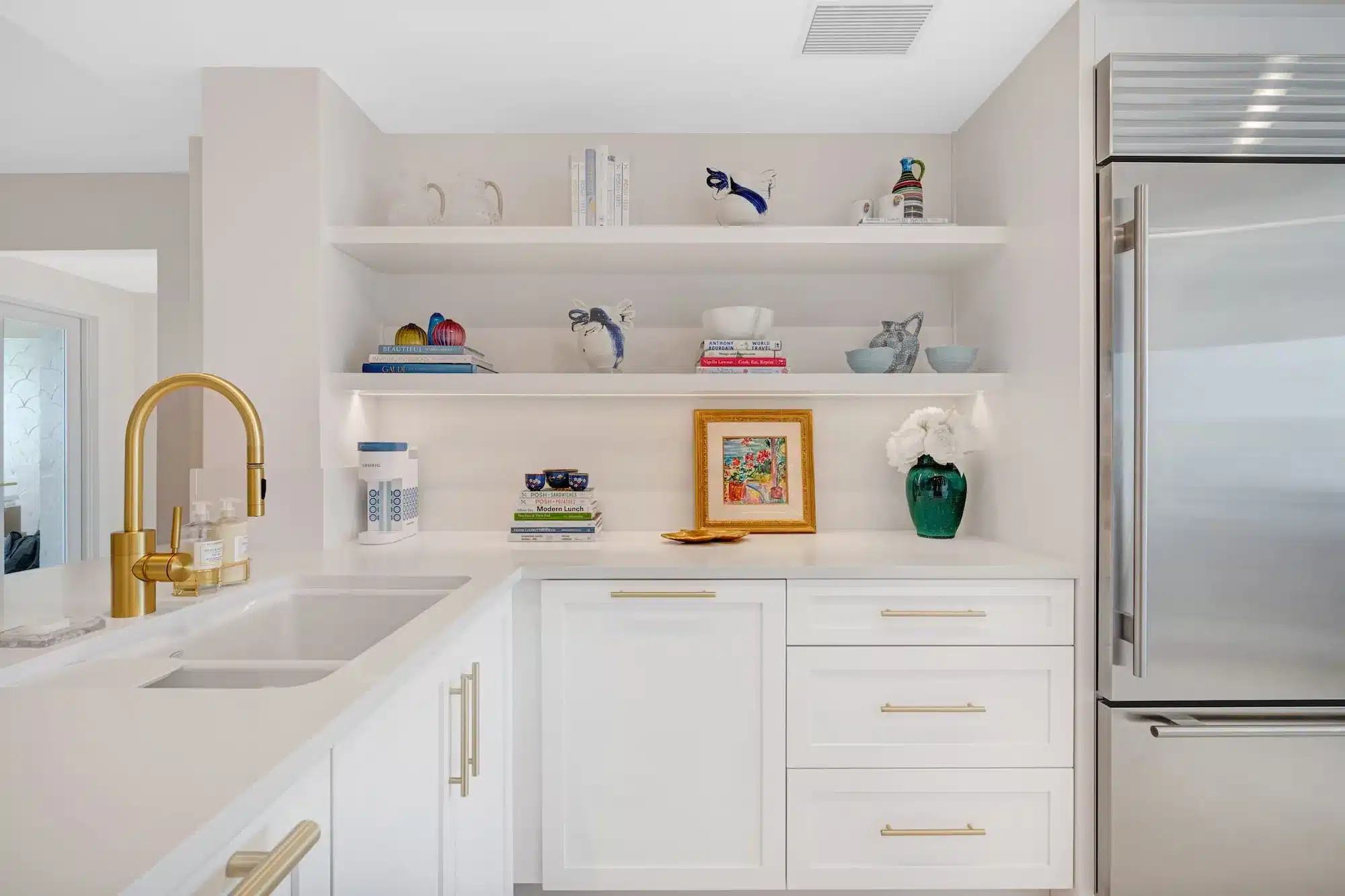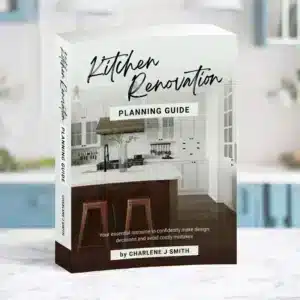It’s often the smallest details that make the biggest impact. One of the high-impact elements in your kitchen design is decorative hardware. Think of cabinet knobs and pulls as the jewelry of your kitchen. Much like how accessories complete an outfit, well-chosen hardware completes your kitchen’s overall look. There are a few key things to consider when you choose your cabinetry hardware.

Why Decorative Hardware Matters
Cabinet hardware isn’t just functional — it’s a key part of your kitchen’s style story. Whether you’re going for a sleek modern feel or a warm, traditional vibe, your choice of knobs and pulls can either subtly enhance or boldly define the space.
Done right, decorative hardware:
- Elevates your cabinetry design
- Reflects your personal style
- Adds texture, contrast, or even a pop of glam
- Enhances the flow of your kitchen’s design narrative
Pro Tip: Don’t treat hardware as an afterthought. Make it part of your early planning process — right alongside cabinetry, countertops, and lighting.
How to Choose Between Knobs and Pulls
There’s no strict rulebook here — knobs vs. pulls comes down to personal preference and practicality. However, asking the right questions can help guide your decision:
- Does it feel comfortable in your hand?
- Is it easy to grip, especially for children or seniors?
- Are there any annoying sharp edges?
- Does the style align with your overall kitchen aesthetic?
Knobs can bring a more classic or vintage feel, while bar pulls often lend a modern, streamlined look. Mixing both can also add visual interest and functionality — for example, pulls on drawers and knobs on doors.
Let Your Appliances Be Your Guide
One of the most overlooked strategies when choosing decorative hardware is looking to your appliances. Your appliance handles can offer a great starting point when selecting hardware:
- Clean-lined appliances? Choose cabinet hardware with straight, minimal designs.
- Curved handles? Opt for knobs or pulls that echo those soft, contemporary curves.
Matching or complementing these shapes helps create a sense of unity and cohesion. It’s a simple way to ensure that every design element flows seamlessly together.

Mixing Metals: A Design Upgrade Worth Exploring
Want to give your kitchen a high-end, designer look without a complete overhaul? Mixing metals can transform your space with personality and polish.
Here’s how to effectively mix metals in the kitchen:
1. Choose a dominant metal:
Start by selecting a dominant or primary metal finish for key fixtures like appliances, sinks and faucets. I always suggest the classic, timeless finish of stainless steel or chrome. If your appliances have a metal finish, this would be considered the dominant metal. If you have integrated appliances, the cabinet hardware and any lighting will become the dominant metal choice.
2. Introduce a secondary metal:
A secondary metal finish should complement the primary metal but provide contrast. For example, if your appliances are stainless steel (primary and cool), you might consider introducing brass or gold (secondary and warm) in cabinet handles and light fixtures.
3. Repeat the secondary metal:
Repeat your secondary metal at least once for a cohesive and balanced look. Select a few key accessories to showcase the secondary metal: light fixtures, cabinet hardware, and decorative items.
Design Rule of Thumb: Stick to two metals for a cohesive feel. Three can work in larger or more eclectic kitchens, but more than that can start to feel chaotic.

Ready to Choose Your Decorative Cabinetry Hardware?
Start by looking at what you already have — appliances, finishes, and cabinet style. Then, explore hardware that complements it in shape and finish.
Not sure where to begin? Try matching your cabinet hardware to your appliance handles to create flow — then introduce a contrasting metal through lighting or accessories for an extra layer of interest.
The Takeaway: Small Detail, Big Impact
Decorative hardware is a small detail with major design power. By considering shape, feel, finish, and how it coordinates with your appliances and lighting, you can turn functional pieces into design statements.




